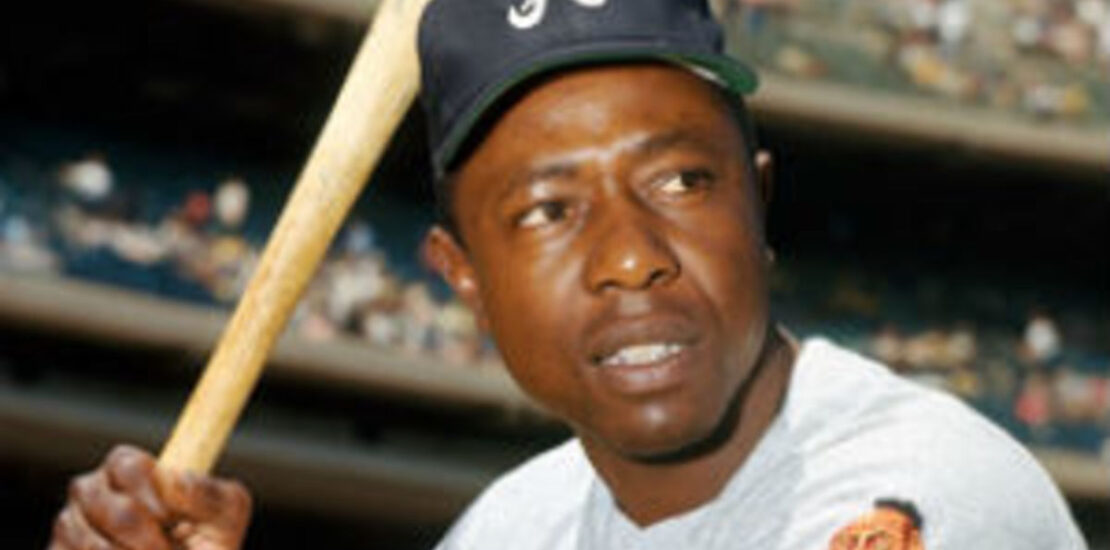- January 29, 2021
- Posted by: Dave Kurlan
- Category: Understanding the Sales Force

I hope this is one of my more entertaining articles, although most of the enjoyment will come from the links within.
Each year around this time I start thinking about Baseball because I miss it so much. Baseball Hall of Famer Hank Aaron just passed away becoming the 9th baseball HOFer to pass in the last 12 months. Today there were multiple videos showing wild triple plays in my Twitter feed. I’ve been a lifelong Red Sox fan, but I miss the Red Sox a lot less than I miss watching my son play baseball. He’s at college now, where as of today, baseball is on hold – again – still – because of COVID-19.
In 2005 I took my passion for sales development and my passion for baseball and married them together to write the best-selling book, Baseline Selling – How to Become a Sales Superstar by Using What You Already Know about the Game of Baseball. Today, fifteen years later, that book is still #16 on Amazon.

In addition to the corporate training that Kurlan & Associates provides, there are also 3 self-directed Baseline Selling online courses.
I thought I was pretty unique when it came to combining selling and baseball but I was wrong. Meet Tom Schaff, the Sales Commissioner of Major League Sales. While his company name and his title were both modeled after baseball, you haven’t heard anything yet. Tom is the owner of the largest baseball bobblehead collection in the world! Check out this article.
So why should any of this be important to you? Because I’m going to share two secrets of my success.
Most of my articles begin with a Story and despite not writing about story telling very often, it is a very important part of selling.
When faced with a strong objection, most salespeople become defensive and respond with facts, figures, data, logic and talking points. That accomplishes only one thing. It raises a prospect’s resistance and it’s extremely difficult to help someone buy from you when their resistance is high. You can lower their resistance and at the same time deal with their objection by telling a story. You can share a story about someone like them, about another customer, about another salesperson, about you, about an application, a success, a failure, a sport, or even a vacation. I’ve done all of that and more.
This month, I started articles with short stories about a fox, crappy movies, and The Beatles. And in December, I told the story of my dog, Dinger, who has better listening skills than most salespeople.
I think there is something even more powerful than a story and that’s the analogy. I use analogies more frequently than stories because it’s even more effective to use an analogy. It will come as no surprise that some of my best analogies use baseball. Check out Salespeople are Like Little Leaguers, or Coaching Lessons from the Baseball Files, or What Sales Managers Do That Make Them So Ineffective. I’ve used dozens upon dozens of non-Baseball analogies as well and many of them can be found on this list. Some of the best and most controversial analogies I have used were based on politics. Check out this article about conducting opportunity reviews, and this article about the most recent Supreme Court Nomination hearings.
The bottom line is that stories and analogies will always work more effectively than logic, talking points, facts or figures. Consider the things you love and or know a lot about, how they relate to what you need your audience (your prospects and customers) to do, and how you can weave those two topics together. You and your customers will both have a lot more fun if you learn to sell that way.

